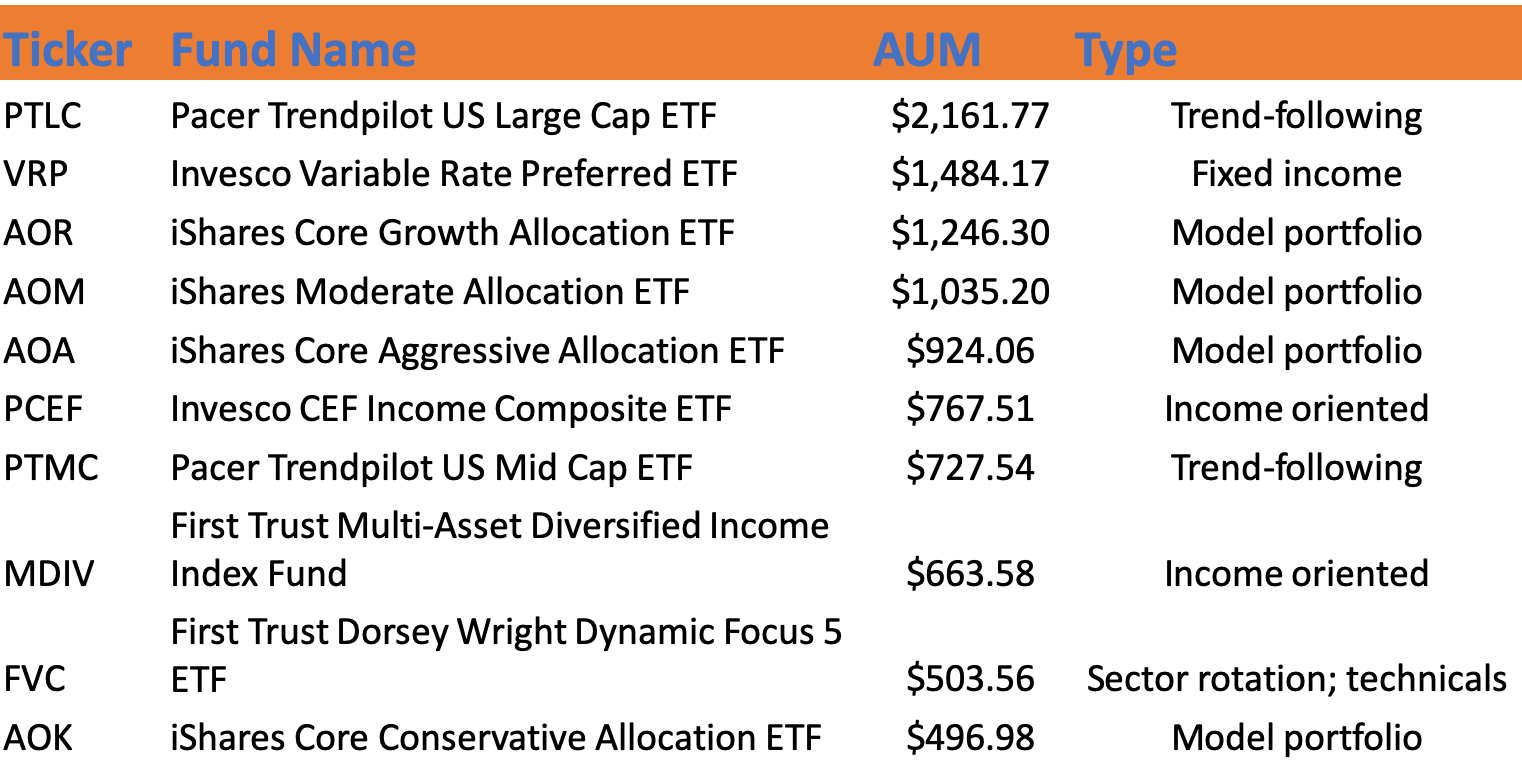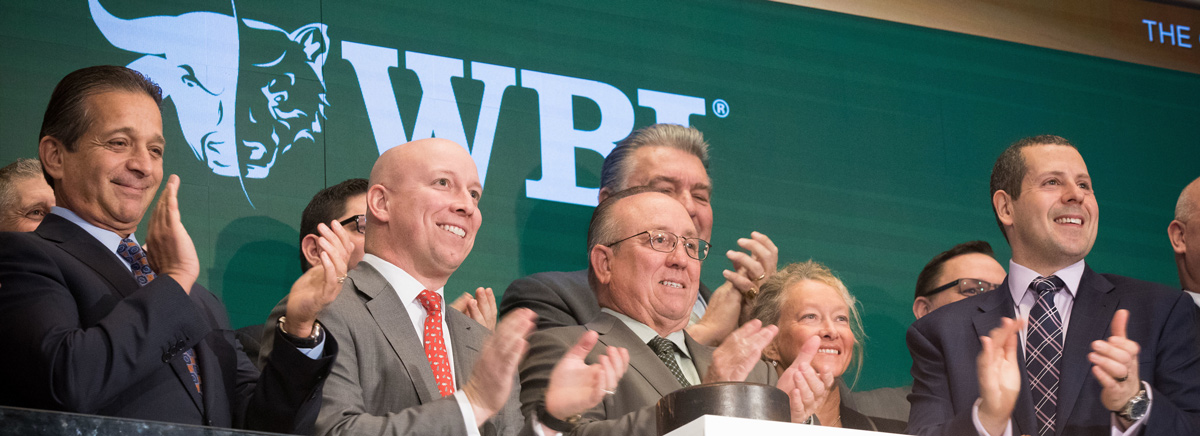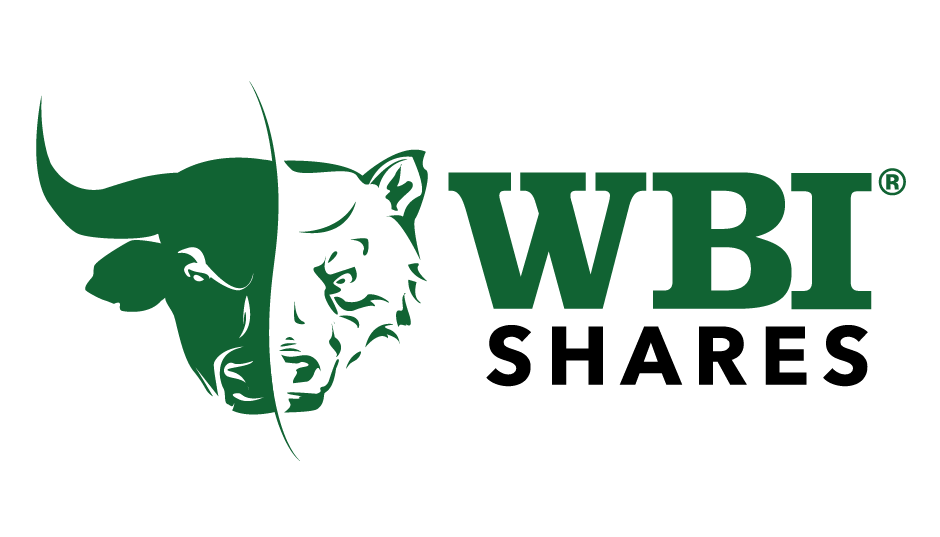WBI Shares is listing an actively-managed fund multi-asset fund that looks at the US economy to decide what to invest in. The WBI BullBear Trend Switch US 3000 Total Return ETF (WBIT) uses an in-house model to read a bunch of macro-economic data and index charts, including commodity prices, monetary policy, valuations, credit spreads and interest rate changes.
It then allocates to either US stocks or US fixed income securities depending on the model's reading of current market conditions. The fund will mostly access the equity and bond markets via ETFs, which may save the hazard and trouble of picking individual stocks and bonds. But it also allows the fund to target particular segments, such as junk bonds, or small caps, if valuations or credit spreads indicate it prudent.
The fund can be fully invested in cash if the sub-advisor thinks it’s a good idea. The annual fee is 0.68%.
Analysis – multi-asset the next product frontier
David Stevenson, my colleague, has argued that multi-asset ETFs are the way forward. He argues that there is a big constituency, especially in retail, that are looking to take the hash of asset allocation out of the question. The evidence for this is in the popularity of multi-asset and absolute return funds. These mixed asset funds are very popular because people want a one bullet solution. The issue has always been whether or not your multi-asset framework works.
Bruce Bond, Structured Not Stirred
The winner in this line of innovation, he believes, is the ETF with the best (proprietary) asset allocation model. Today’s listing is in keeping with how he sees the ETF industry moving forward.

On this score, the US market has seen a good chunk of multi-asset ETFs come to market in recent years. They fall into two categories. The first is model portfolio ETFs. These types of ETFs are made up of other "core" equity and bond ETFs in set degrees matched to investors' risk tolerance. (i.e. Growth is 80/20, Balanced 50/50, and so on). These funds are made almost entirely of beta products, conduct no proprietary trading, and rebalance back to their target asset allocations annually. Here, iShares line in the US, and Vanguard and BMO’s line in Canada are emblematic.
The second line offer proprietary asset allocation - either via active management or sophisticated indexes - and are what David Stevenson has in mind. They’ve seen good success in terms of flows. The Pacer TrendPilot series, which make allocations based on moving averages, have bagged more than $3 billion.
Both types of multi-asset fund have strengths as well as weaknesses. The weakness of the first type of product (for ETF providers looking to list them) is that they’ll be commoditised in good time, much like the underlying ETFs. They also offer advisors little flexibility and not everyone is convinced on the merits of annual rebalancing.
The weakness of the second line of multi-asset funds is we return to the same old active-passive debate – only this time at the multi-asset level.
For my part, I think the first line of multi-asset portfolios has a bright future, as they provide investors an easy way to play the “core-satellite” game and an easy way to take the annual market average at a given risk level. We see this in the continuing success of Vanguard's LifeStrategy funds, in the US, UK and Australia.
For David Stevenson's part he thinks that the second type are the way forward as there is always room in the market for active managers with good IP who provide useful asset allocation. And in the end, there has to be more to the ETF industry than just beta products.
One thing is clear: the second line of products will definitely be more interesting to write about.



